
SPC Sample Size Impact on SPC
Presented by Steven Wachs
The purpose of control charting is to detect significant process changes when they occur.
One important consideration in the selection and design of control charts (that is often overlooked) is the determination of an appropriate sample size.
A sample size should be selected that will align the statistical properties of the control chart with what are practically significant changes.
That is, effective control charts will detect process changes that have a practical significance while minimizing signals resulting from smaller changes of minimal concern.
In this webinar, we explore the impact that chart selection and sample size have on chart sensitivity (the ability to detect changes).
The factors to be considered when determining the sample size and examples of an appropriate sample size for a typical application are presented.
The relationship between sample size and sampling frequency is also discussed.
Finally, the use of OC curves to assess the risks of undetected process changes for a given sample size is presented.
Webinar Topics:
- Purpose of Control Charts
- Variation: Individuals vs. Averages
- Detecting Process Shifts
- Type II Errors
- Factors affecting sample size
- Calculating sample size for traditional (X-bar) charts
- Sample size and sampling frequency tradeoffs
- OC Curves for assessing risk
This Accendo Reliability webinar was originally broadcast live on 21 May 2014.

- Social:
- Link:
- Embed:
To view the recorded video and slides, visit the webinar page.
Related Content
Reliability and Sample Size episode
How Should the Sample Size be Selected for an X-bar Chart? (Part II) article
How Should the Sample Size be Selected for an X-bar Chart? (Part I) article
Extrapolation and Sample Sizes episode
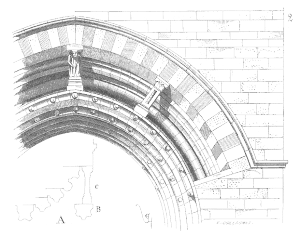
SPC Sample Size Impact on SPC
In this webinar, we explore the impact that chart selection and sample size have on chart sensitivity (the ability to detect changes).

Reliability and Statistical Process Control
Let’s explore some cases where effectively using statistical process control will enhance your product’s reliability performance.
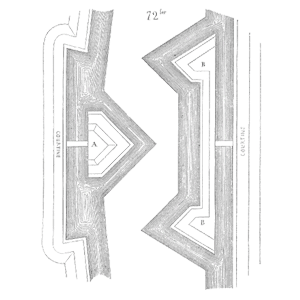
Understanding and Controlling Process Variation
Let’s discuss process variation and how to measure, monitor, and control processes to minimize the differences from one part to the next.

10 Keys for Maximizing the Benefits of Your SPC Program
Progressive manufacturers use control charts to “listen” to their processes to detect and rectify potentially harmful changes.
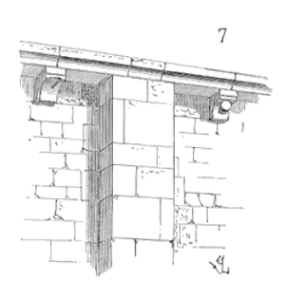
How do I link Process Capability Indices to Number (PPM) Defects?
if you need to learn a bit more about manufacturing and how we measure quality in general? Join us for this webinar.
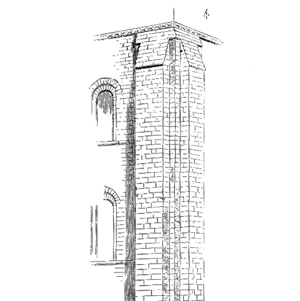
What is Statistical Process Control or SPC?
You may have heard of Statistical Process Control, 6-sigma, Shewhart, the Japanese Economic Miracle, X̅ – R Charts … or perhaps none of them.
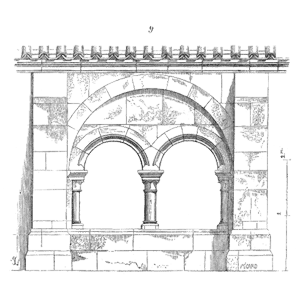

Leave a Reply